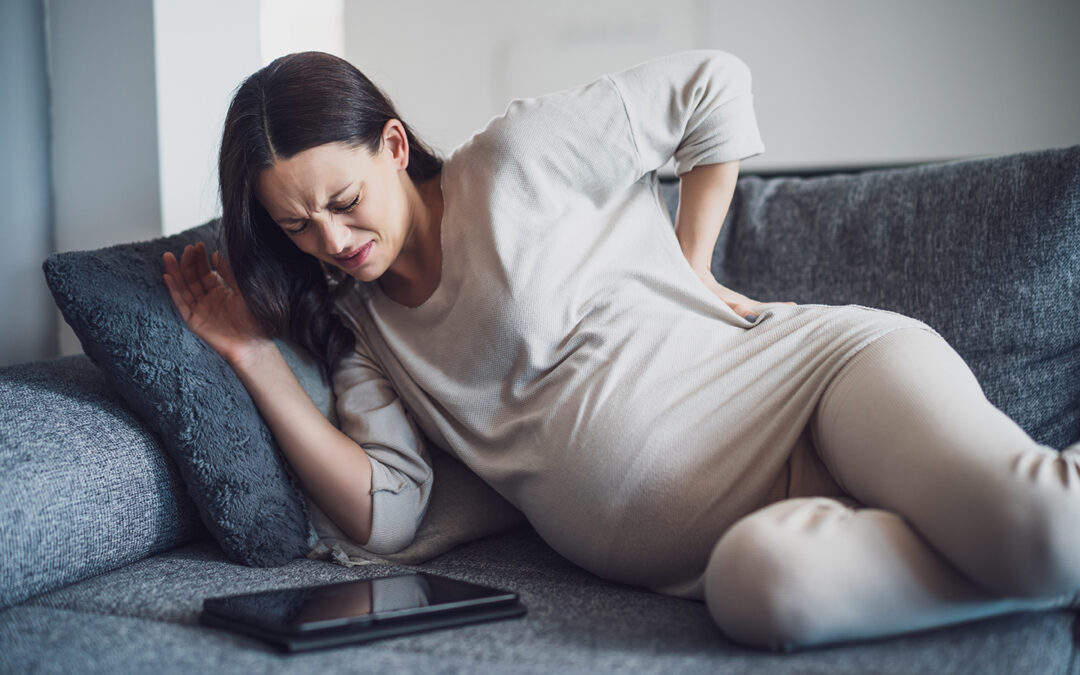Contents
The hip is a ball-and-socket joint designed for weight bearing and stability. It’s made up of the “socket” acetabulum of the pelvis and “ball” of the femoral head. The hip joint also has a capsule of lubricating fluid around it and its ligaments. This capsule keeps the ball from slipping out of the socket and keeps leg movements smooth. The hip carries the full weight of our upper body and allows the movement of the upper leg. It can be vulnerable to injury due to advancing age or high-impact injuries. If you are experiencing hip pain, you are sure to be looking for relief.
You may not think the pain you are experiencing is bad enough to seek physical therapy. Physical therapy can help with any degree of pain. Any amount of discomfort or pain is enough for you to get help to relieve your pain. Physical therapy can help relieve your pain and potentially prevent the problem from happening again or slow the progression of the problem.
Signs you should seek physical therapy for your hip pain
Not all hip pain requires physical therapy, but you shouldn’t suffer in pain unnecessarily. If you are experiencing any of the following symptoms, physical therapy may help to bring you relief:
- Persistent pain with stiffness in your hip.
- Pain in the side of the hip when lying on your side.
- Pain in your hip coming suddenly or pain in your hip when standing.
- Pain radiating in your groin area.
- You are experiencing limping or having difficulty walking up and down stairs.
Potential causes of hip pain
When you come in for your physical therapy appointment, your physical therapist will examine your hip to determine the source of your hip pain. They may move your leg and hip into various positions to test your hip. Potential hip issues causing pain may include:
- Tendinitis — Tendinitis is inflammation and irritation of the tendons that connect the muscles to the bones in the hip joint. Tendinitis can be a very painful condition.
- Bursitis — Bursae are fluid-filled sacs around the hip joint surrounding where the skin, tendons and muscle tissue meet bones. They provide lubrication to reduce friction caused by joint movement. Bursitis is the inflammation of the bursae and causes pain, which can limit how the hip moves.
- Sciatica — Sciatica is the pain that travels along the sciatic nerve. This nerve goes from the lower back down through the hips and into the legs. Sciatica is often caused by a herniated disc. This can cause pain or numbness. Pain can be mild to severe.
- Hip impingement — Hip impingement occurs when the ball of the hip pinches up against the socket of the hip. This can damage the labrum, cause stiffness and pain, and may eventually lead to arthritis.
- Hip osteoarthritis — Hip osteoarthritis is caused by cartilage damage in the hip joint. It can affect mobility due to causing persistent pain and stiffness. It typically comes with advancing age.
How physical therapy can help hip pain
Physical therapy for your hip pain can be very beneficial in helping relieve pain in your hip joint. It can also help boost your mobility. This can help relieve pressure on your hip due to compensating for the pain. Some techniques your physical therapist may use include:
- Graston Technique® — The Graston Technique is an instrument-assisted physical therapy treatment. It is used to help improve muscle function of the hip joint.
- Joint mobilization therapy — Joint mobilization therapy is a physical therapist-guided technique that uses gentle movements of the hip joint, which can help with stiffness. It can also help improve your range of motion.
- Myofascial release — Myofascial release is a manual therapy technique used to help with muscle tension release.
- Electrical stimulation — Electrical stimulation uses currents to stimulate the nerves. It can help relieve pain.
Lattimore PT can help ease your hip pain with physical therapy
Our Lattimore PT expert physical therapists are ready to help you find relief from your hip pain. You shouldn’t suffer longer than necessary. Our team will design an individualized plan to best help you work to find pain relief.
Contact our team today for more information or to schedule an initial appointment.


